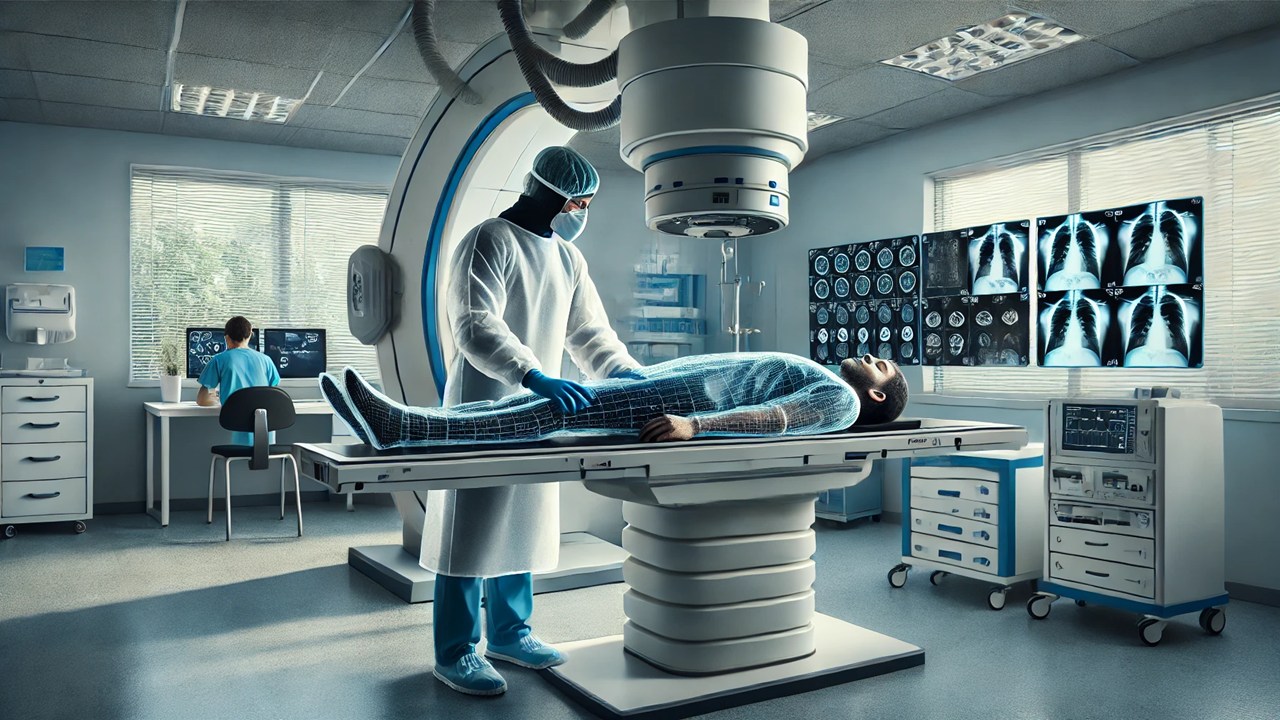Heartbeat of Healthcare: Enhancing Radiation Safety Culture
The WHO's new publication "Enhancing Radiation Safety Culture in Health Care" outlines a comprehensive framework for establishing a robust radiation safety culture in healthcare settings. Emphasizing leadership, accountability, and communication, the document provides tools and strategies to ensure safe radiation practices. It also highlights the importance of engaging diverse stakeholders and adapting safety culture frameworks to local contexts to improve patient outcomes and enhance public trust.

Radiation in healthcare, used for diagnosis, treatment, and prevention of diseases, is a double-edged sword. It offers remarkable benefits but comes with inherent risks. The World Health Organization (WHO) released a pivotal document titled "Enhancing Radiation Safety Culture in Health Care," to establish a robust radiation safety culture to mitigate these risks. This article delves into the essence of this publication and its implications for healthcare providers, patients, and stakeholders worldwide.
Understanding Radiation Safety Culture
Radiation safety culture in healthcare is defined by the organizational and individual practices that ensure the safe use of radiation. It encompasses a broad spectrum of activities from prevention and diagnosis to treatment and recovery. The WHO document emphasizes that a positive radiation safety culture is built on ten foundational traits: leadership responsibility, individual responsibility, continuous learning, effective safety communication, respectful work environment, problem identification and resolution, an environment for raising concerns, decision-making, questioning attitude, and work processes.
A critical aspect highlighted is the empowerment of individuals to voice safety concerns without fear of retribution. This open communication framework ensures that potential safety issues are addressed promptly, preventing accidents and ensuring patient and staff safety.
Leadership and Accountability
The WHO document underscores the role of leadership in fostering a radiation safety culture. Leaders and managers in healthcare settings must prioritize safety, embodying the principles of justification and optimization in all radiation-related activities. Personal accountability at all levels is crucial; everyone from top executives to frontline staff must be committed to maintaining high safety standards.
The publication suggests that understanding errors in patient safety has evolved from simple cause-and-effect models to more complex frameworks that consider various behaviors and interactions. This comprehensive approach is essential for effectively managing radiation safety and reducing the incidence of errors.
Tools and Strategies for a Safer Environment
To establish and sustain a robust radiation safety culture, the WHO provides a toolkit comprising standards and regulations, policies and procedures, education and training programs, audit activities, communication strategies, reporting and learning systems, checklists, verification procedures, and technological developments. These tools are designed to create an environment where safety is an ingrained practice rather than a mere regulatory requirement.
Communication, education, and training are identified as vital components for nurturing a safety culture. Continuous learning and training programs ensure that healthcare professionals stay updated with the latest safety protocols and technologies, thereby enhancing their ability to manage radiation safely.
The Role of Stakeholders
The document emphasizes the importance of engaging diverse stakeholders, including healthcare professionals, regulators, device manufacturers, patients, and the public. Each group plays a vital role in creating and maintaining a radiation safety culture. For instance, manufacturers must design radiation devices that meet high safety standards, while patients and their families should be educated about the benefits and risks of radiation therapy.
Engagement strategies must be tailored to these groups' unique needs and perceptions. This coordinated approach ensures a unified understanding and practice of radiation safety culture across the healthcare spectrum.
Global and Local Initiatives
Recognizing that cultural, social, and economic factors influence safety culture differently worldwide, the WHO encourages the adaptation of its proposed framework to local contexts. International, national, and local initiatives are crucial for customizing the safety culture framework to address region-specific challenges and opportunities.
The document also highlights the need for international collaboration to share best practices and lessons learned, thereby fostering a global movement towards enhanced radiation safety in healthcare.
Building Trust and Communication
At the core of the WHO’s message is the belief that safety is more than a set of rules and procedures. It is built on trust, communication, and a culture of safety that permeates every level of an organization. This holistic approach ensures that safety is not an afterthought but a fundamental aspect of healthcare delivery.
In conclusion, the WHO's "Enhancing Radiation Safety Culture in Health Care" is a comprehensive guide for healthcare providers aiming to create a safer environment for both patients and staff. By fostering a culture of safety, healthcare organizations can harness the benefits of radiation technology while minimizing its risks, ultimately leading to better patient outcomes and enhanced public trust in healthcare systems.
- FIRST PUBLISHED IN:
- Devdiscourse
ALSO READ
AsiaOne Forum: A Celebration of Innovation and Leadership
Sri Lanka's Winds of Change: New Leadership and Economic Challenges
Turmoil in Black Leadership: Eric Adams Indicted on Federal Bribery Charges
Dubai GDRFA Launches 7th Creative Care Diploma to Boost Innovation Leadership
Delhivery Partners with Truecaller to Revolutionize Logistics Communication










